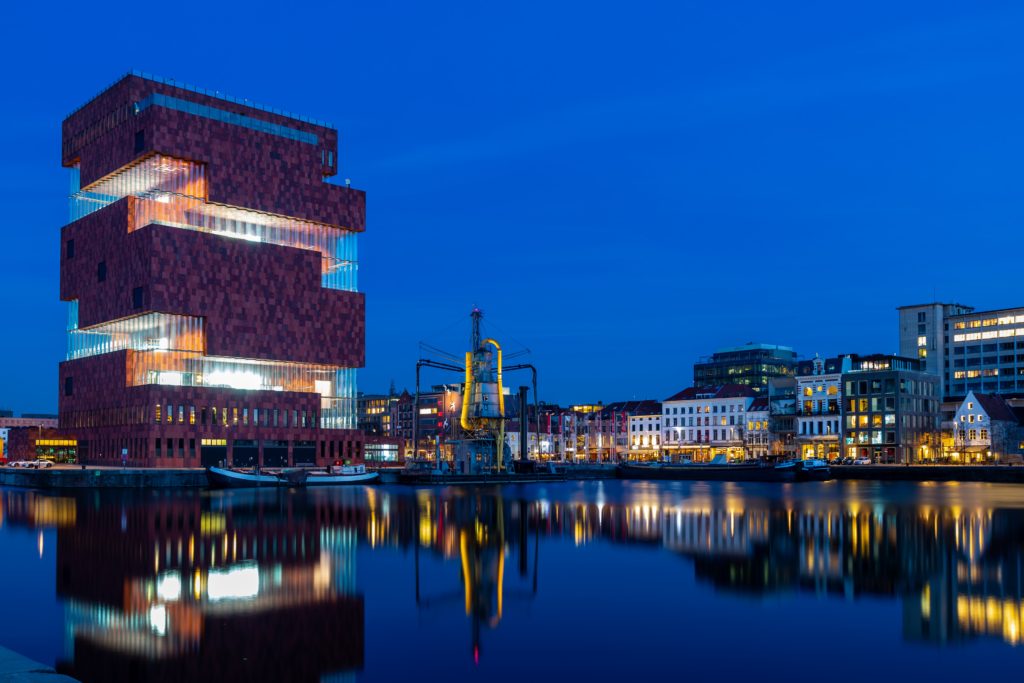Surprisingly, despite a decline in real estate transactions brought on by the elimination of the “woonbonus” in Flanders and the negative effects of the COVID-19 pandemic, Belgian home prices are still rising.
According to Statistics Belgium, in 2020 the national house price index in Belgium increased by 5.74% (5.16 percent inflation-adjusted), the greatest y-o-y increase since 2007. In Q4 2020, the overall index rose 2.2% from quarter to quarter (2.33% inflation-adjusted).

In 2020, the price of existing homes increased sharply by 7.38% y-o-y (6.78% inflation-adjusted). Prices for new homes increased by 5.21% (4.62% inflation-adjusted).
However, demand is rapidly declining. The total number of residential real estate transactions in Belgium decreased by about 18% year over year in 2020 to 122,435 units. This decline was primarily caused by the elimination of the “woonbonus” rules in Flanders the previous year (a system of tax deductions for homeowners), which was made worse by the pandemic’s negative effects. The steep drop in transactions in 2018 was in sharp contrast to the y-o-y increases of 14.8% in 2019, 5.2% in 2018, 4% in 2017, and 15% in 2016.
Regional house price variations
Power is becoming decentralized, with a separate parliament and executive branch for each region and community. The political union is under growing threat due to the ongoing ethnic violence.
The three regions of Belgium’s real estate market follow the same price cycle; however, the capital has seen the most price increases. According to Statistics Belgium, prices in Brussels increased by about 200 percent (140% in real terms) between 1998 and 2008, significantly more than in the other two regions (143% for the Flemish region and 116 percent in Walloon).
Regions
In Belgium, there are three regions:
The Flemish region
This comprises Dutch-speaking communities and makes up the northern half
The southern-most region
The Walloon Region is primarily made up of French-speaking villages with a tiny German-speaking component in the southeast
Brussels
This is the administrative capital and a city within the Flemish area that is formally trilingual.
Factors influencing the housing market
Belgium’s housing market progress was fueled by:
- The fast growth of the mortgage market because of low-interest rates and increasing bank competition
- wage growth and the economy
Brussels capital region
The median price of closed or semi-closed type homes in the Brussels-Capital region increased by 8.8% y-o-y to €435,000 (US$526,739) and by 11% y-o-y to €960,000 (US$1.16 million) for open type homes. Additionally, the cost of apartments rose sharply by 8.6 percent to €228,000 (US$276,084).
Flemish region
The median prices of closed/semi-closed and open-type homes in the Flemish region (Flanders) increased by 3.8% to €249,000 (US$301,513) and by 5.8% to €349,000 (US$422,602), respectively. Last year, the average price of an apartment was €210,000 (US$254,288), up 7.7% y-o-y.
Wallom region
Closed/semi-closed home prices in the Walloon area (Wallonia) grew by 4.7 percent year over year in 2020 to €155,000 (US$187,689), while open-type home prices grew by 5.8% to €254,000 (US$307,568). Apartments’ median price grew by 4.7 percent year over year to €155,000 (US$187,689).
Is housing overvalued? Probably yes
Everyone agrees that the downturn in the property market has allowed home prices to return to “normal” levels. What constitutes “normal” is so raised.
Despite the diversity of views, most research tends to support the notion that Belgian home prices are excessive. The National Bank of Belgium (NBB) recently reported that house prices are currently roughly 14.1 percent overpriced, which is more than double the level of overvaluation two years ago in its 2021 Financial Stability report.




